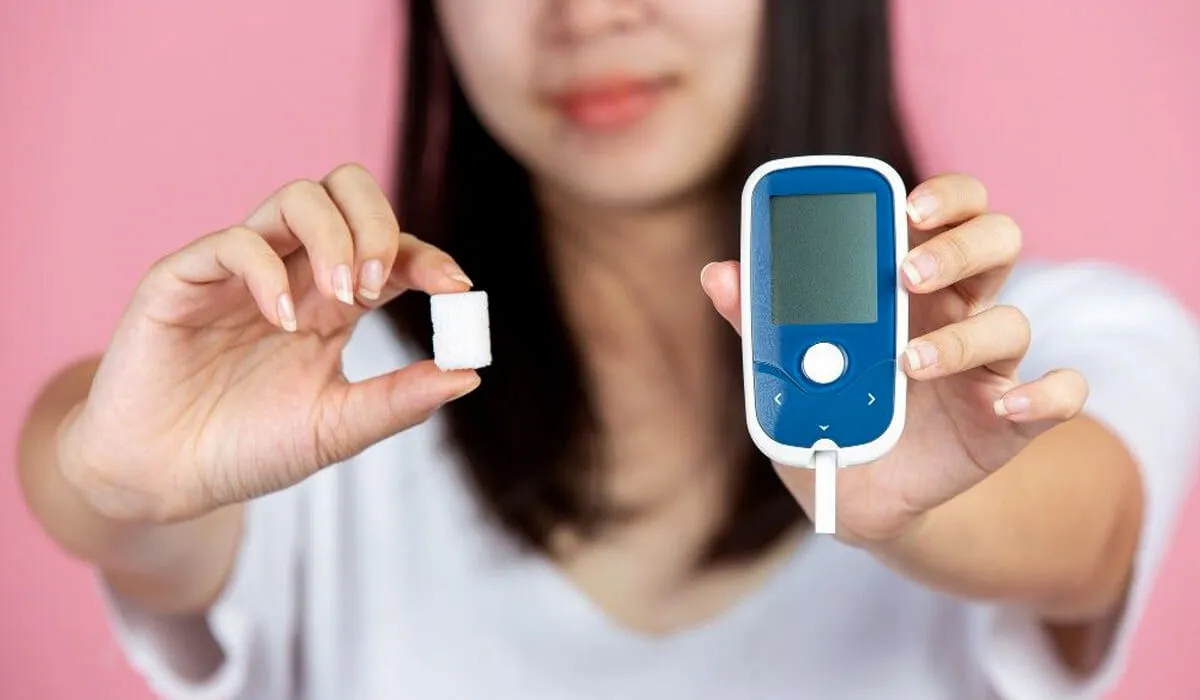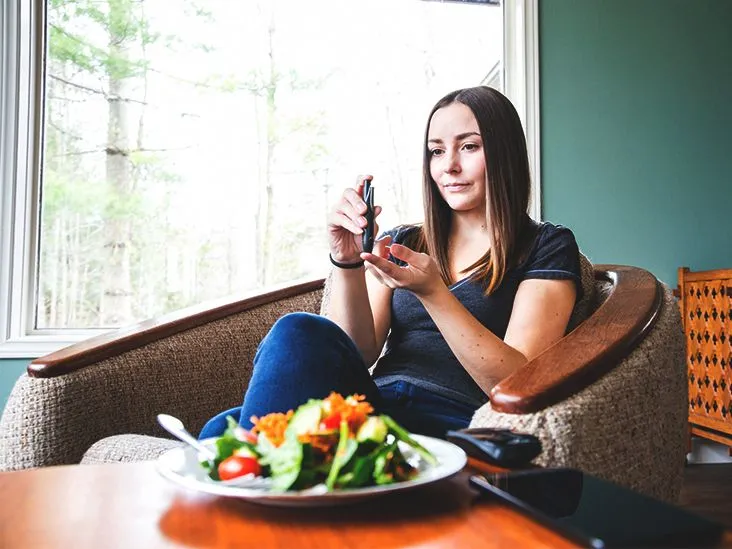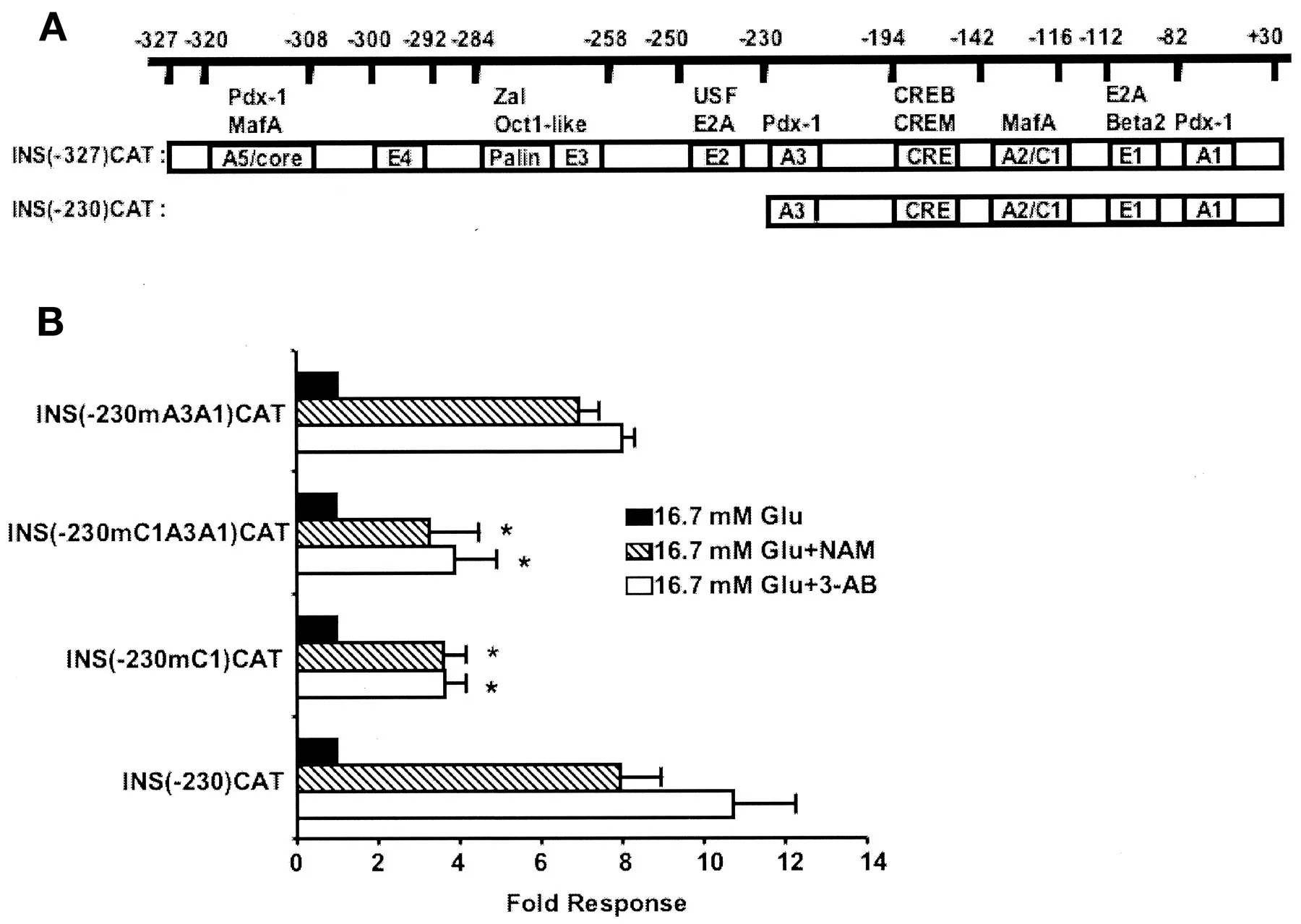Embarking on a honeymoon is an exciting time for any newlywed couple. However, for those living with diabetes, planning this romantic getaway requires some extra thought and preparation. Don’t let diabetes overshadow your special trip! With the right planning, you can enjoy a memorable and stress-free honeymoon. This article provides five amazing tips specifically tailored for newlyweds with diabetes, ensuring a safe and enjoyable experience. From packing essentials to managing blood sugar levels and choosing the right destination, these insights will help you navigate your honeymoon with confidence and create lasting memories.
Plan the Perfect Diabetes Honeymoon
Careful planning is the cornerstone of a successful diabetes honeymoon. Before booking flights and hotels, take the time to consider your specific needs and how diabetes might impact your trip. Start by consulting with your healthcare team to discuss your travel plans and get their recommendations. This will enable you to adapt the trip. It is important to organize all the necessary documentation and supplies. With a well-structured plan, you can address potential challenges and focus on enjoying your time together. The goal is to proactively address any concerns related to managing diabetes while traveling.
Pack Essential Diabetes Supplies
One of the most crucial steps in planning a diabetes honeymoon is packing the right supplies. Make a detailed checklist to ensure you have everything you need to manage your diabetes effectively throughout the trip. It is better to bring more supplies than you think you will need in case of unexpected delays or emergencies. This includes insulin (if applicable), syringes or insulin pens, glucose meter, test strips, lancets, and any other medications. Consider the storage requirements for your insulin and pack an insulated travel case if necessary. Also, pack snacks to manage any low blood sugar episodes. Do not forget to have backup batteries for your glucose meter and any other diabetes devices.
Medication and Monitoring

Ensure you have an adequate supply of all diabetes medications, including insulin, oral medications, and any other prescribed drugs. Carry these in your carry-on luggage to prevent loss or damage during travel. If you take insulin, be aware of temperature requirements to maintain the effectiveness of your medication. Also, pack your glucose meter and a sufficient supply of test strips and lancets to monitor blood sugar levels regularly. Have a logbook or a digital tracking app to record your blood sugar readings. Monitoring your blood sugar is important to identify trends and adjust your treatment plan as needed, particularly when traveling and experiencing changes in your routine or diet.
Emergency Kit
A well-stocked emergency kit is essential for managing unexpected situations. Include fast-acting glucose sources such as glucose tablets, glucose gel, or juice boxes to treat low blood sugar. Pack a glucagon emergency kit if prescribed by your doctor. Carry a medical identification card or bracelet that clearly states that you have diabetes, including your medication regimen and emergency contact information. Include any other necessary medications or supplies, such as anti-nausea medication, anti-diarrheal medication, or any other prescribed drugs you may need. Make sure you have a copy of your prescriptions. This way, if you need to refill your prescription at a pharmacy or get assistance from a healthcare provider during your honeymoon, you can show it to the healthcare provider.
Manage Blood Sugar Levels
Maintaining stable blood sugar levels is key to a healthy and enjoyable honeymoon. Travel can disrupt your usual routine, potentially leading to blood sugar fluctuations. By being proactive in managing your levels, you can minimize the risks and enjoy your trip. Understanding how travel may affect your blood sugar will allow you to take the necessary steps to keep your blood sugar within a healthy range. Regularly monitoring your blood sugar, adjusting your insulin doses, and making smart food choices are crucial for effective blood sugar control during your honeymoon.
Pre-trip Planning

Before you go, talk with your doctor about your travel plans and any potential impact on your blood sugar levels. They may adjust your medication schedule or provide guidance specific to your honeymoon destination. Adjust your insulin dosage as needed. Consider the time zone changes and how these changes might affect your medication schedule. Make sure to factor in how long the flight is. Keep in mind that physical activity and stress may influence blood sugar levels. Adjusting your dose requires some planning. Consult your doctor for proper instructions.
During the Honeymoon
Monitor your blood sugar levels more frequently than usual, especially during changes in routine, such as travel days or after eating meals at restaurants. Be prepared to make quick adjustments to your insulin dosage or food intake based on your readings. If you are traveling across time zones, consult your doctor or a certified diabetes educator about how to adjust your insulin schedule. Stay aware of the symptoms of low and high blood sugar, and always carry a quick-acting source of glucose, such as glucose tablets or juice, to treat any low blood sugar episodes immediately. Staying hydrated and eating regular meals is also essential.
Choose the Right Destination
Selecting a honeymoon destination that aligns with your health needs can significantly contribute to a positive and stress-free experience. Consider the climate, availability of medical facilities, and the types of activities available. Choosing a destination that minimizes potential challenges will allow you to focus on enjoying your time together. Look for destinations that can accommodate your needs. Before deciding where to go, consider your personal preferences and any specific requirements related to your diabetes management. The destination should not interfere with your treatment plan.
Consider Climate and Activities

The climate of your destination can impact your blood sugar levels. For example, extreme heat can affect your insulin storage and absorption. It can also increase the risk of dehydration. Plan activities that are suitable for your physical fitness level and diabetes management. Consider activities with less strenuous activity levels, such as guided tours, cultural experiences, or relaxing on the beach. If you are interested in adventure activities, ensure you can manage your blood sugar levels and that your supplies are readily available. Always consult with your doctor before engaging in new or intense activities.
Research Medical Facilities
Before booking your honeymoon, research the availability of medical facilities, including hospitals and pharmacies, in your chosen destination. Make a list of the nearest healthcare providers and the addresses of the local pharmacies. Identify healthcare providers with expertise in diabetes management. Find out if the local pharmacies carry your specific brand of insulin and diabetes supplies. Consider purchasing travel insurance that covers pre-existing conditions, including diabetes. In case of an emergency, you will have all the necessary details.
Healthy Eating on Your Honeymoon
Healthy eating is vital for managing diabetes while traveling. While you’re on your honeymoon, focus on making informed food choices and maintaining balanced meals. The following strategies can help you enjoy delicious meals while keeping your blood sugar in check. Don’t let your special trip be ruined because of poor eating habits. Try to maintain a similar diet as what you normally have at home, and your blood sugar will remain in check. If you keep the same schedule as normal and take your insulin or medication as prescribed, you will find that you won’t have to adjust your routine that much.
Restaurant Strategies

When dining out, review the menu for nutritional information if it is available. Choose dishes that are lower in carbohydrates, such as grilled proteins, vegetables, and salads. Ask your waiter to provide information about the ingredients and preparation methods. You can request modifications to your meals, such as having sauces served on the side. Control portion sizes. Be mindful of hidden carbohydrates and sugars. Be sure to discuss your dietary needs. This way, you can have a delicious meal without spiking your blood sugar. Do not be afraid to ask for help. Restaurants are there to serve you, and if you have specific dietary needs, they can help.
Snack Smart
Pack snacks that are balanced and have low to moderate carbohydrates. Carry snacks to help avoid low blood sugar. Options include nuts, seeds, cheese, whole-grain crackers, and fruit. Plan when you will eat your snacks. Try to avoid sugary snacks, and always have a quick-acting carbohydrate source on hand, such as glucose tablets or juice, in case of a low blood sugar episode. Planning snacks is crucial to managing blood sugar. It will also help you avoid overeating. When traveling, it’s easy to get off track, so being prepared is very important.
Stay Active & Enjoy Activities
Physical activity is important for blood sugar management, but it can also be an enjoyable aspect of your honeymoon. Plan activities that are both fun and contribute to your overall health and well-being. You may need to adjust your insulin dosage based on your activity level. By finding a balance between activity and rest, you can have a memorable honeymoon. Remember to stay hydrated and monitor your blood sugar levels as you get ready to enjoy the activities. Adjust your insulin or food intake according to the activities you have planned for that day. You can also work with your doctor to create an exercise plan before you leave.
Plan Activities That Fit Your Needs

Choose activities that you both will enjoy and that are appropriate for your fitness levels. Consider activities such as walking tours, swimming, or light hikes. Discuss your activities with your doctor and consult them for advice. If you are not accustomed to these activities, be sure to start small and build your way up to more intense activities. Make sure you pack appropriate footwear and clothing. Make sure you have snacks and drinks that will help keep your blood sugar in check.
Stay Hydrated
Drinking enough water is important, especially when traveling in a warm climate or during physical activity. Dehydration can impact blood sugar levels, potentially leading to fluctuations. Pack a reusable water bottle and refill it throughout the day. Be sure to drink water consistently throughout the day. If you’re engaging in physical activity, consider drinking electrolyte-rich drinks. You can also set reminders on your phone to drink water. This can help you consistently drink fluids throughout the day.
By following these five tips, you can create a diabetes-friendly honeymoon that is both safe and enjoyable. Planning ahead, packing the right supplies, managing your blood sugar, choosing the right destination, and making healthy eating choices will all help you to celebrate this special occasion without any added stress. With careful preparation and open communication, you and your partner can create lasting memories that you will cherish for a lifetime. So, pack your bags, take your medications, and get ready for an amazing honeymoon!
